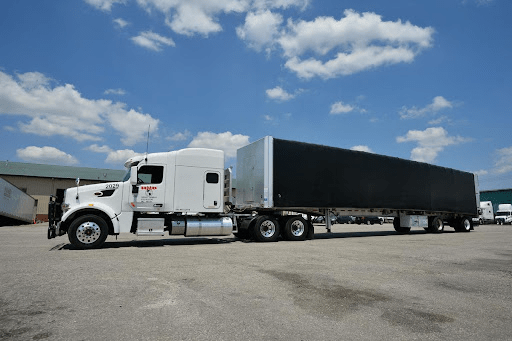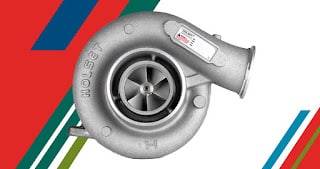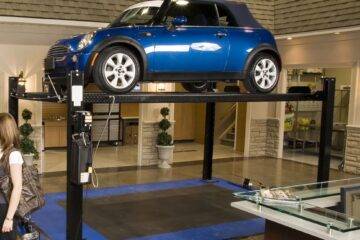Ergonomics in Trucking: How to Stay Comfortable on Long Hauls

Ergonomics, the study of people’s efficiency in their working environment, plays a crucial role in the trucking industry. Truck drivers, often on the road for long hauls, face unique challenges that can significantly impact their health and comfort. Among these, the choice of tractor trailer seats is paramount; the right ergonomic design can greatly reduce back pain, neck strain, and fatigue, which are common complaints among drivers. This article aims to shed light on effective strategies to enhance comfort and minimize the risk of ergonomic-related injuries, ensuring a healthier and more enjoyable driving experience. By focusing on aspects such as the ergonomic quality of tractor trailer seats, we can help drivers find solutions that improve their well-being on the road.
Understanding Ergonomics in Trucking
Ergonomics in trucking goes beyond simple comfort. It’s about designing and arranging the truck cab and routines to fit the driver, thereby preventing injuries and enhancing well-being. Good ergonomics can lead to fewer health issues, increased productivity, and a happier driving experience. The benefits are clear: embracing ergonomic principles not only enhances immediate comfort but also ensures a longer, healthier career behind the wheel.
Common Ergonomic Challenges for Truck Drivers

The life of a HMD truck driver involves prolonged periods of sitting, exposure to constant vibration, and frequently adopting poor postures. These factors can culminate in a range of musculoskeletal disorders, including lower back pain, sciatica, and repetitive strain injuries. Understanding these challenges is the first step toward mitigating their effects.
Ergonomic Solutions for the Cab
- Seat Adjustments: A properly adjusted seat supports the spine’s natural curvature, reduces pressure points, and enhances blood flow. Adjust the seat height so your feet can rest flat on the floor or pedals, and ensure the backrest supports your entire back.
- Steering Wheel Position: Position the steering wheel to avoid overreaching or leaning forward, reducing the strain on your shoulders, neck, and back.
- Ergonomic Accessories: Invest in quality seat cushions and lumbar supports designed for truck drivers. Steering wheel covers can also provide better grip and reduce the effort needed to steer.
Staying Comfortable on Long Hauls
- Breaks and Exercises: Regular breaks are essential. Use these pauses to stretch your legs, back, and arms. Incorporate simple exercises into your routine to combat the effects of prolonged sitting.
- Nutrition and Hydration: Opt for nutritious meals and snacks that fuel your body for the long haul. Stay hydrated with water, avoiding excessive caffeine and sugary drinks.
- Sleep and Rest: Quality sleep is paramount. Make your sleeping area as comfortable as possible, and try to maintain a regular sleep schedule to help regulate your body’s clock.
Technological Aids and Tools
Modern trucks like HMD has are increasingly equipped with ergonomic features, such as adjustable seats and climate control. However, adding personalized ergonomic accessories can further enhance your comfort. From advanced seat cushions that absorb vibration to adjustable pedals that suit your height, these investments can make a significant difference.
Personalizing Your Space
Making your truck cab feel like a second home not only boosts comfort but also morale. Personal touches, a clean environment, and an organized space can significantly improve your overall mood and well-being on the road.
Conclusion
Ergonomics in trucking is not just about comfort—it’s about health, safety, and longevity in the profession. By understanding and implementing ergonomic principles, truck drivers can protect themselves against the physical demands of their job. Remember, a small adjustment or a simple stretch can have a profound impact on your health over time. Embrace these practices, and drive towards a healthier future on the road.










